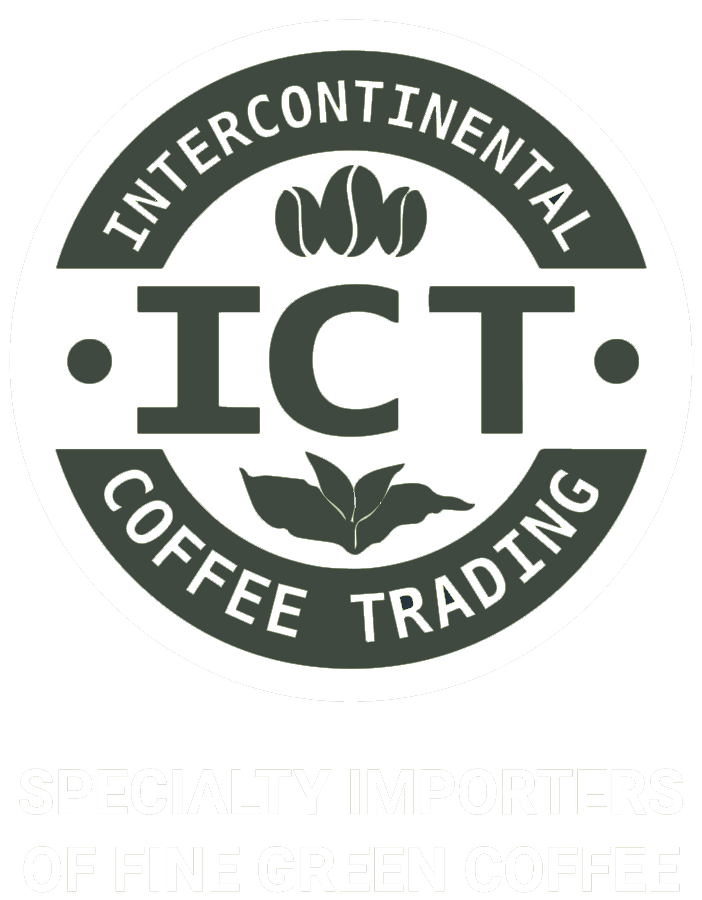There’s no question about it – talking with the farmers who work the fields every day gives you a new perspective on the coffee trade. When you’re standing on a lush hillside in Caicedonia staring at seemingly endless expanses of coffee and plantanos, and a farmer tells you much of it will be gone in five years, climate change takes on a new immediacy.
Colombia is unusual in the coffee world for many reasons. 100% of the country’s output is Arabica. There’s almost no machine harvesting because the coffee trees are almost entirely on steep mountainsides – every bean must be picked by hand. The average size of a farm in Colombia is only two hectares (just under five acres) and most of them are smallholdings which have been in the same family for generations.
When you see everything that goes into getting coffee from the dirt to the cup, you almost can’t help but marvel that it sells for as little as it does. On the farms, producers are being forced higher up the mountainsides every year by warming temperatures. Campesinos pick all the fruit by hand – as you can see from yesterday’s photos, the same tree has many ripe and unripe cherries growing side-by-side. Beans are generally pulped on-site at the farms, and patio-dried (which depends on favorable weather). In Colombia, much of the coffee is transported a bag at a time on rough dirt tracks to small local mills, where the managers decide whether to purchase it or not. Always, ferment and spoilage are a risk. At the mills, beans are exhaustively machine-sorted, searching for defects along the way. And the surviving beans are then sorted by hand.
Historically, Colombia has exported only Supremo (the highest grade, 17/18 screen size) and Excelso (15/16) coffees. The smaller “Pasilla” beans have always been retained for domestic consumption. However, the powerful Colombian Coffee Federation FNC has recently approved a policy change allowing the export of these Pasilla coffees (which are 100% Arabica). This should add about 1 million bags per year to Colombian exports, and prove a financial boon for farmers. This is something buyers will want to monitor closely, as it will provide another layer of complexity to Colombian coffee, but also potentially a low-cost option that compares favorably to those from other coffee-producing countries.
In my next post, I’ll be reviewing highlights from the IWCA convention and ExpoEspeciale. Thanks for stopping by.
Dan
